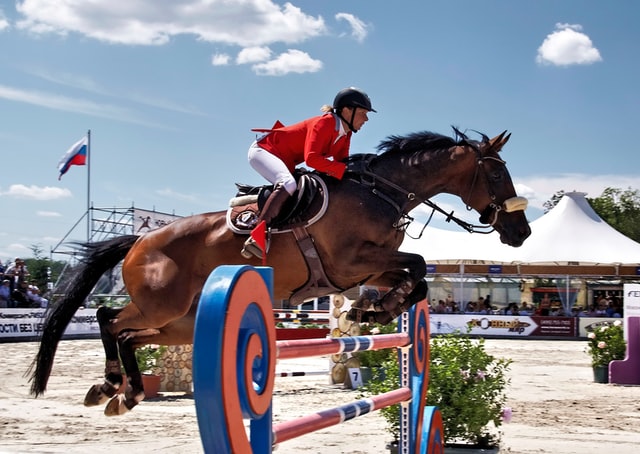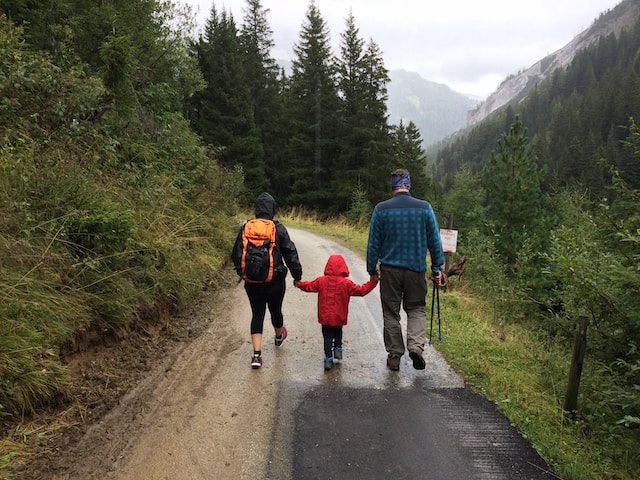Some Facts About Advanced Horse Show Jumps
Horse show jumping over obstacles brings thrills to the horse, rider and the audience. However, the timed events require maintaining a great deal of skill and precision to emerge victorious in competition. Show jumping typically features some of the tallest and widest jumps in competition, and riders should gradually train their horses and themselves to build up to these extremes. You will see several different types of horse show jumps when riding at the advanced level. Therefore, it pays for competitors to familiarize themselves and their horses with each jump style through regular practice under the guidance of a riding instructor.
Oxer
Oxers feature widening the horse jump and offering height for the horse to clear. It uses four or more wing standards to raise vertically placed poles so that each vertical jump lays near the others, creating the width in the jump.
Triple Bar
A triple bar horse show jump utilizes six wing standards to create three vertical jumps that line up next to each other. These verticals can be spread out quite wide, creating a challenging obstacle for both horse and rider to navigate successfully. Additionally, the poles and wing standards on this and other show jumps can feature vivid horse jump colors. These not only make it easier for horses to see the poles and aid them in knowing where to begin executing the jump, but it also brings in the stable colors of the facility or organization that hosts the event.
Wall
A wall jump gives the appearance of construction from real bricks and therefore looks solid and imposing. In actuality, however, lightweight blocks go into their construction, so that horse nor rider would injure themself from the bricks if they accidentally hit the jump.
Liverpool
Adding a water element to the jumping mix compounds the complexity of the obstacle for the horse. For example, the Liverpool show jump features a tray of water underneath the jump, typically consisting of a spread jump to allow room for the tray.
Combinations
Jumps do not always come in a show jumping course with long distances between jumps. Instead, course designers can include combination jumps. These consist of two or more jumps set up so that the horse can take no strides or only one or two strides between jumps. The rider and horse must work their way through the multiple obstacles so that each hoof fall comes at precisely the right time; otherwise, errors will ensue.
By starting small and learning to navigate easier jumps, the horse and rider team gain the experience and skill needed to eventually work their way up to the largest and most challenging show jumping obstacles.



